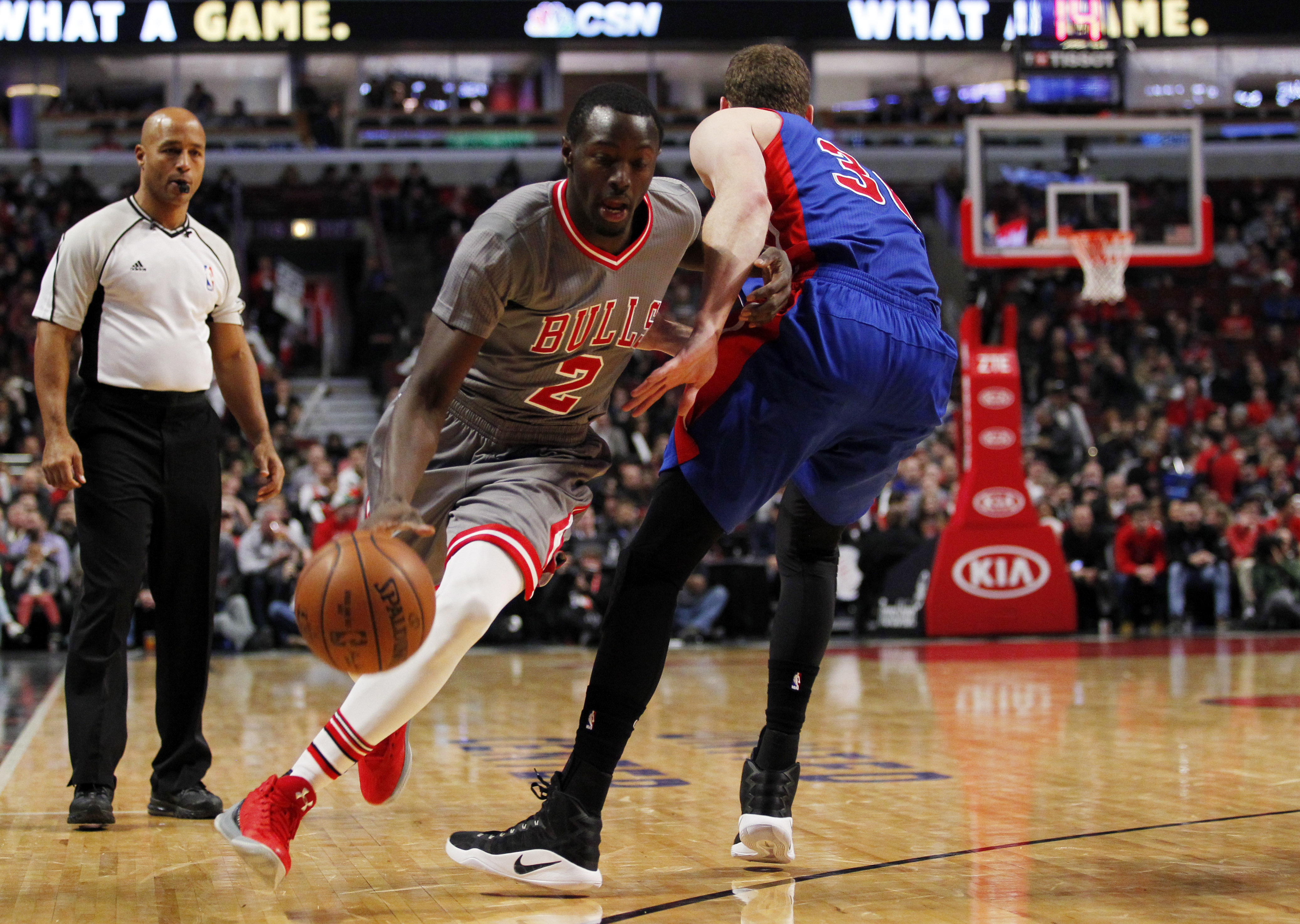Bulls Pistons Rivalry: The Ultimate Showdown In NBA History - Coaches played a significant role in shaping the Bulls Pistons rivalry, employing strategies that defined their teams' identities. Phil Jackson's "triangle offense" and emphasis on team play helped the Bulls overcome the Pistons' physicality. On the other hand, Chuck Daly's innovative defensive strategies, including the "Jordan Rules," were instrumental in the Pistons' early success. Television networks devoted significant airtime to the Bulls Pistons rivalry, broadcasting their games and analyzing their strategies. This coverage helped elevate the rivalry to a national stage, making it one of the most watched in sports history.
Coaches played a significant role in shaping the Bulls Pistons rivalry, employing strategies that defined their teams' identities. Phil Jackson's "triangle offense" and emphasis on team play helped the Bulls overcome the Pistons' physicality. On the other hand, Chuck Daly's innovative defensive strategies, including the "Jordan Rules," were instrumental in the Pistons' early success.

Chicago Bulls vs. Detroit Pistons Game Info, How to Watch
As both franchises continue to compete in the NBA, the potential for a renewed rivalry exists. With new players and coaches, the Bulls Pistons rivalry could once again captivate fans and define a new era in basketball history.
Although the original players and coaches have moved on, the Bulls Pistons rivalry continues to influence modern-day basketball. The lessons learned from their matchups remain relevant, shaping the strategies and approaches of contemporary teams.
In the 1989 Eastern Conference Finals, the Pistons defeated the Bulls in four games, showcasing their dominance during that era. The series highlighted the Pistons' physical style of play and their ability to neutralize Jordan's scoring prowess.
The media played a significant role in amplifying the Bulls Pistons rivalry, providing extensive coverage of their matchups. This coverage not only highlighted the key players and moments but also fueled the competitive spirit between the teams.
Beyond basketball, the Bulls Pistons rivalry became a cultural phenomenon, influencing fashion, music, and media. The rivalry's iconic moments and legendary players remain celebrated in pop culture, ensuring its legacy endures.
The rivalry intensified as the Bulls emerged as a legitimate contender, challenging the Pistons' dominance in the Eastern Conference. The Pistons were known for their tough, physical style of play, often using aggressive defensive tactics to neutralize Jordan's scoring ability. This led to some of the most physical and intense playoff series in NBA history.
Throughout their history, these two franchises have produced some of the most memorable moments in basketball. From intense playoff battles to unforgettable individual performances, the Bulls and Pistons have consistently delivered high-stakes games that captivated fans worldwide. This article dives deep into the history, key players, and defining moments of this legendary rivalry, providing insights that will appeal to both casual fans and die-hard basketball enthusiasts.
Sports journalists covered every aspect of the rivalry, from player interviews to behind-the-scenes insights. Their analysis and commentary provided fans with a deeper understanding of the dynamics at play, further enhancing the rivalry's appeal.

The Bulls Pistons rivalry dates back to the late 1980s and early 1990s, a period when both teams were at the pinnacle of their respective powers. The Detroit Pistons, known as the "Bad Boys," were a dominant force in the NBA during the late 1980s, winning back-to-back championships in 1989 and 1990. Meanwhile, the Chicago Bulls, led by Michael Jordan and Scottie Pippen, were just beginning to establish themselves as a powerhouse.
Phil Jackson's implementation of the triangle offense revolutionized the way the Bulls approached the game. This system emphasized player movement and spacing, neutralizing the Pistons' physical defense and paving the way for the Bulls' dominance in the 1990s.